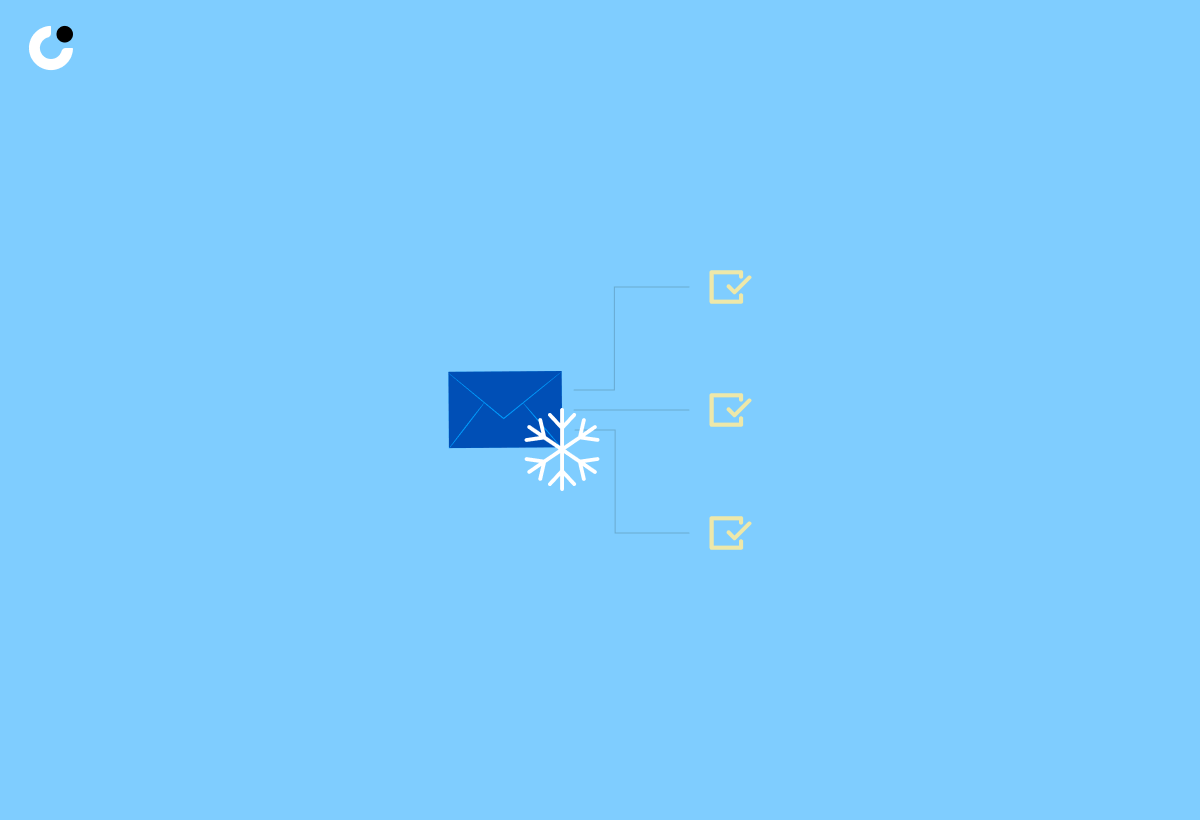Cold emailing might seem like a numbers game, but have you ever considered the importance of etiquette in your outreach? In a world where inboxes are inundated with messages, mastering the art of cold email etiquette can give you an edge, helping you capture your recipient’s attention and build trust. In this blog post, we’ll explore the nuances of crafting the perfect cold email, focusing on personalization, engaging subject lines, compelling email bodies, and effective follow-ups. Let’s dive in and discover how to elevate your cold emailing game.
Key Takeaways
Adhering to cold email etiquette is essential for creating a positive first impression and building trust.
Personalization, research, tailoring the message and crafting an engaging subject line are key elements of successful cold emails.
Professionalism in follow up emails is essential. Proofreading and avoiding inappropriate language or tone should be prioritized when writing cold emails.
The Importance of Cold Email Etiquette
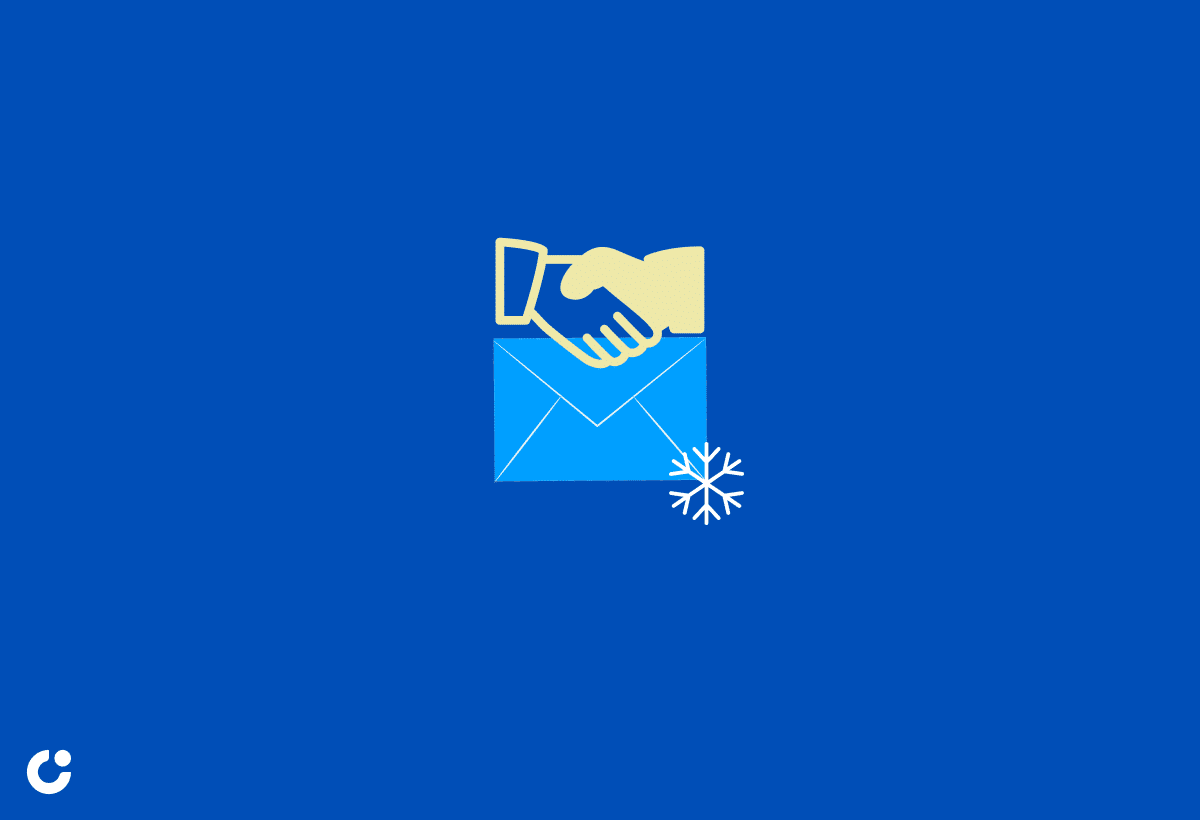
Adhering to cold email etiquette plays a significant role in creating a positive first impression and fostering trust with recipients, thereby improving the likelihood of achieving the desired result when you write cold emails. While there’s no one-size-fits-all approach, understanding the key elements of successful cold email campaigns, such as personalization and a strong subject line, can make all the difference.
First impressions matter, so crafting an effective cold email subject line is a critical aspect of making a strong first impression. Moreover, adhering to proper etiquette can be instrumental in fostering trust and credibility, leading to more beneficial outcomes and long-term business relationships.
First Impressions Matter
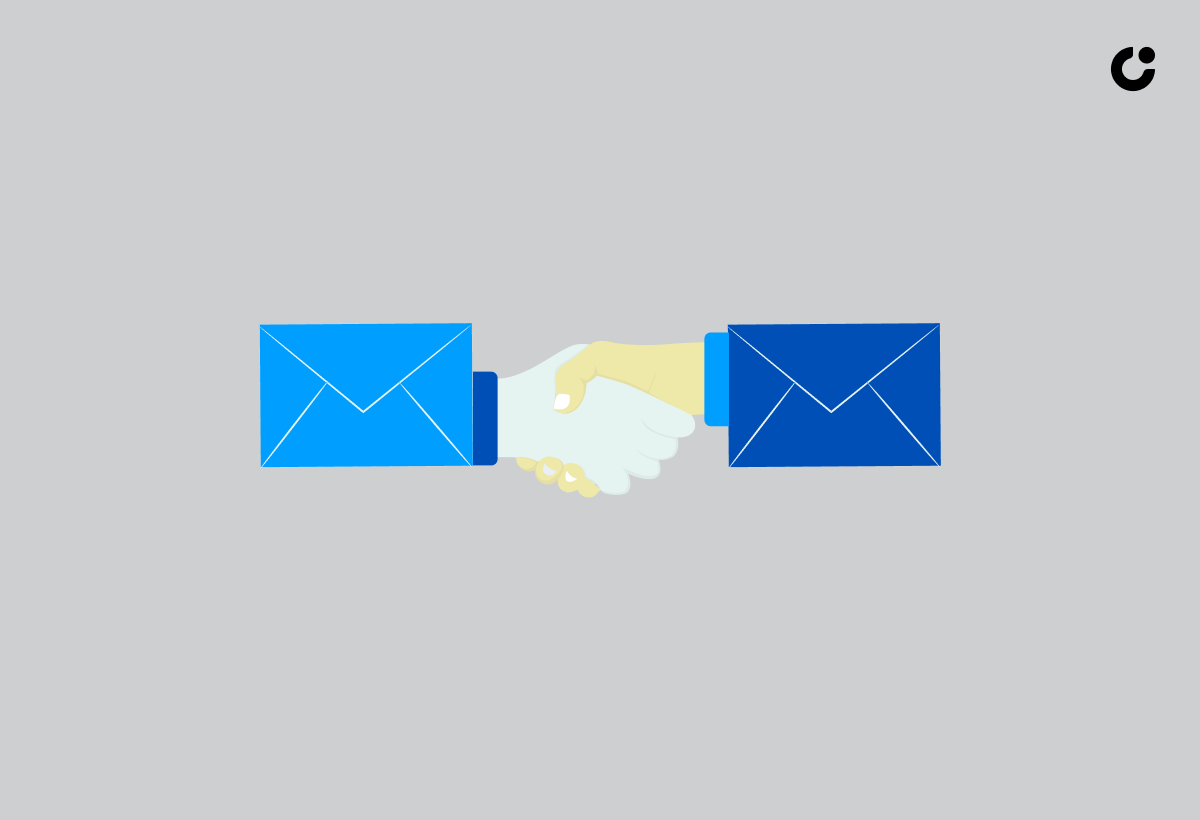
The impact of first impressions in cold emails cannot be understated, as they determine whether the recipient will take action on your message or disregard it. A well-crafted cold email subject line is vital in establishing a powerful first impression. The ‘from’ line, for instance, forms the recipient’s initial impression and influences whether they open and read the email or ignore it, playing a pivotal role in the success of a cold email campaign.
Conducting a thorough research about the company before crafting a cold email is necessary to show that the outreach was intentional and customized to the company’s needs. Avoid using a poorly written subject line, as it can negatively impact the recipient’s impression of your email.
Instead, focus on personalizing your message by mentioning the recipient’s expertise, highlighting any issues that you can solve, or complimenting their recent work, to name a few strategies.
Building Trust and Credibility
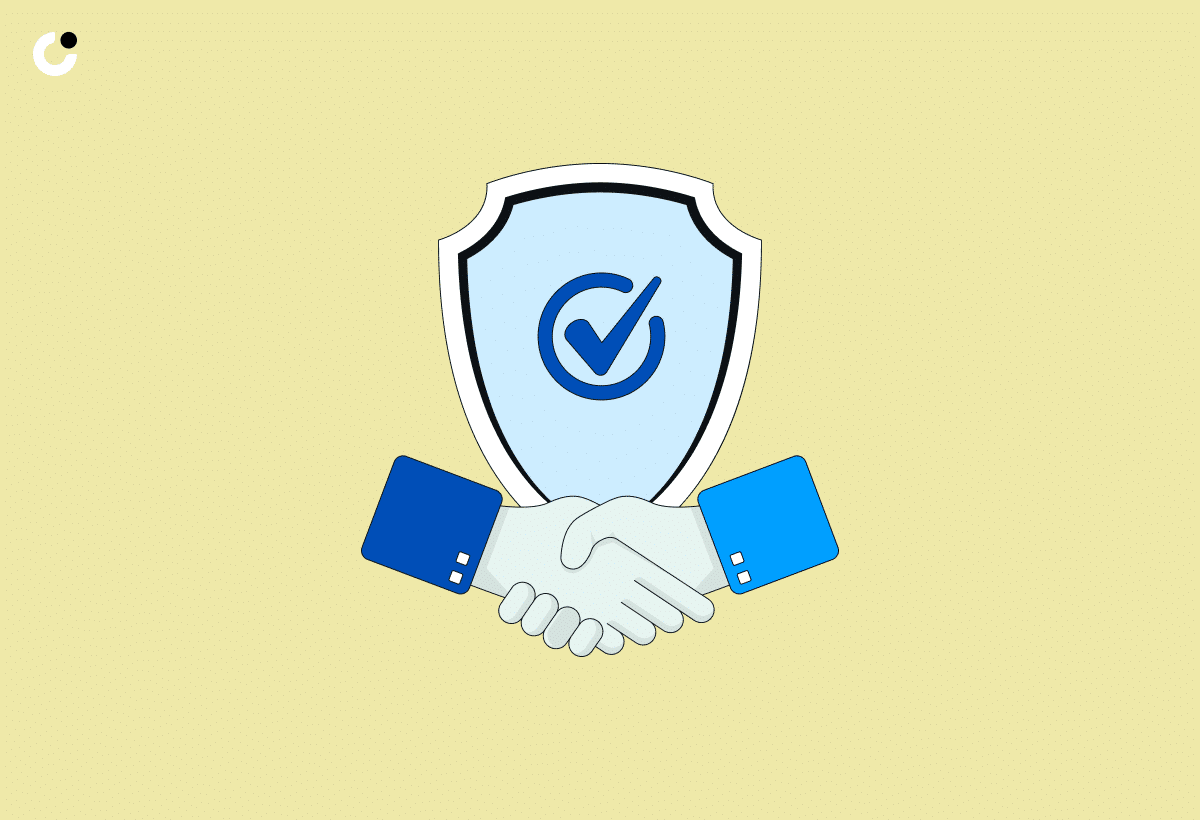
Establishing trust and credibility through proper etiquette can lead to more positive responses and long-lasting business relationships. Here are some suggested approaches for expressing gratitude in cold emails:
Personalize your language - Use the recipient’s name and reference specific details about their work or achievements.
Offer sincere compliments - Highlight something you admire or appreciate about the recipient’s work or accomplishments.
Customize the content - While using a cold email template can be helpful, it’s important to tailor the message to make it more personal and relevant to the recipient.
By following these tips, you can enhance your cold emails and increase the chances of building meaningful connections.
Mentioning one’s status can create a perception of significance in the eyes of the recipient. Furthermore, utilizing universally compatible formats, such as PDFs, can avoid any potential frustration on the part of the recipient and eliminate the need for any back and forth to obtain a file they can access.
Lastly, a well-crafted email signature can assist in streamlining the email body and making the message more easily understandable and tailored to the recipient.
Personalization: The Key to Effective Cold Emails
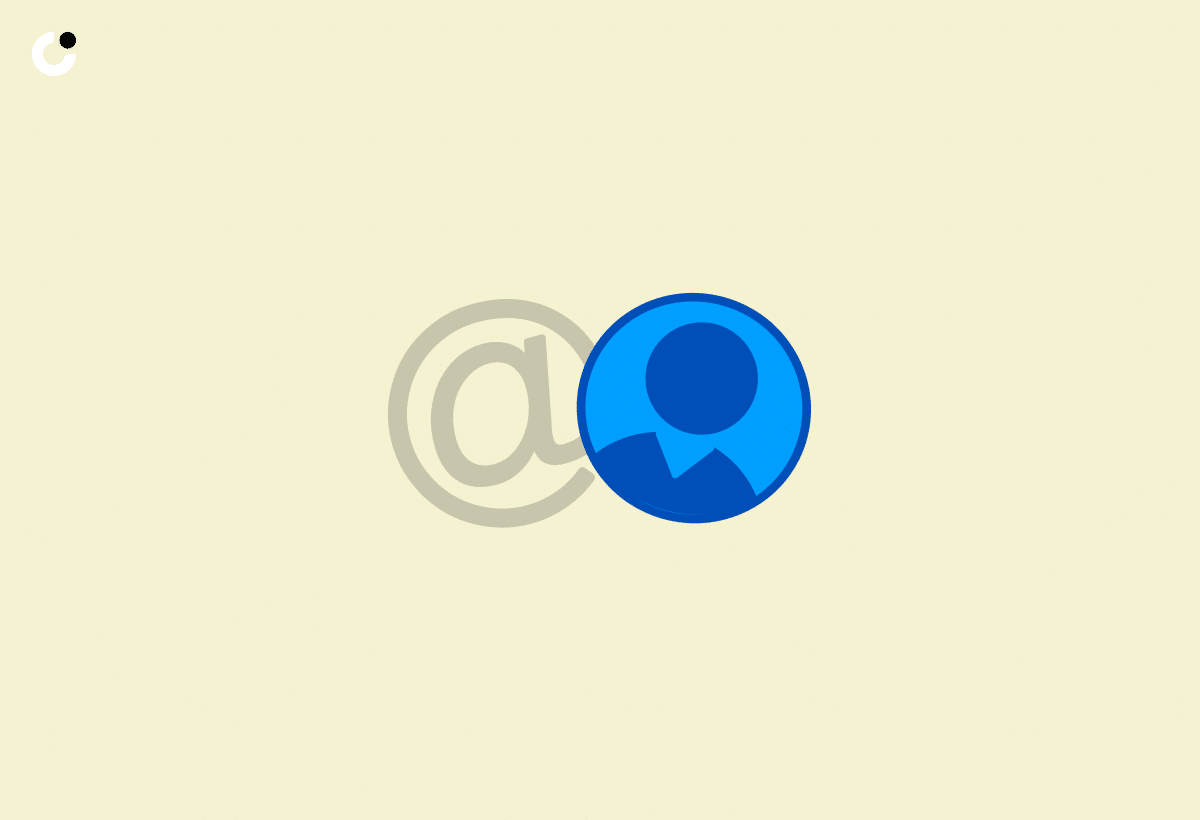
Adding a personal touch to cold emails is key to showing genuine interest in the recipient and catering to their unique needs, thereby enhancing their effectiveness. By personalizing the email, the recipient can sense a real person on the other side, which may increase the chances of a response. Dedicating extra effort into crafting cold emails, encompassing researching your recipient and customizing your message, is bound to produce better results, a critical aspect of mastering the art of effective cold emailing.
It is advisable to assess the type of communication that would be most suitable for the intended recipient’s industry when deciding on the type of communication to use in a cold email. In addition, incorporating a prospect list enables you to direct your cold email to a specific group of people. Remember, even if the initial prospect is not a suitable fit, they may know someone who could benefit from the services you provide, so don’t hesitate to ask them to pass along your information.
Research Your Recipient

To personalize an email effectively, it’s important to collect relevant information about the recipient, such as:
Personal preferences
Demographics
Purchase history
Behavioral data
Name and contact details
Communication preferences
Researching a recipient can be of great assistance in creating a personalized cold email by supplying pertinent information regarding the recipient’s background, interests, and needs. This data can be employed to customize the email’s content, tone, and messaging to be in tune with the recipient, improving the likelihood of engagement and response.
Moreover, researching the recipient can help avoid generic or irrelevant content, showing that the sender has taken the time to comprehend the recipient’s unique circumstances and needs. By understanding the recipient’s background, interests, and problems, you can tailor your message to address their specific needs and preferences, ultimately increasing the effectiveness of your cold email.
Tailor Your Message

Customizing your message to the recipient’s requirements and preferences demonstrates that you have taken the time to comprehend them and improves the probability of a favorable outcome. Acknowledging the recipient’s expertise in a cold email can be done by mentioning their expertise prior to making one’s intentions clear when sending a cold email to a decision influencer.
The focus should be on the prospects and how to provide them with the most value. Include some details on why a connection should be established, such as a common industry or mutual acquaintance. Additionally, including the recipient’s name in a cold email allows for the establishment of a more personal connection, thereby increasing the value of the email.
Crafting an Engaging Subject Line
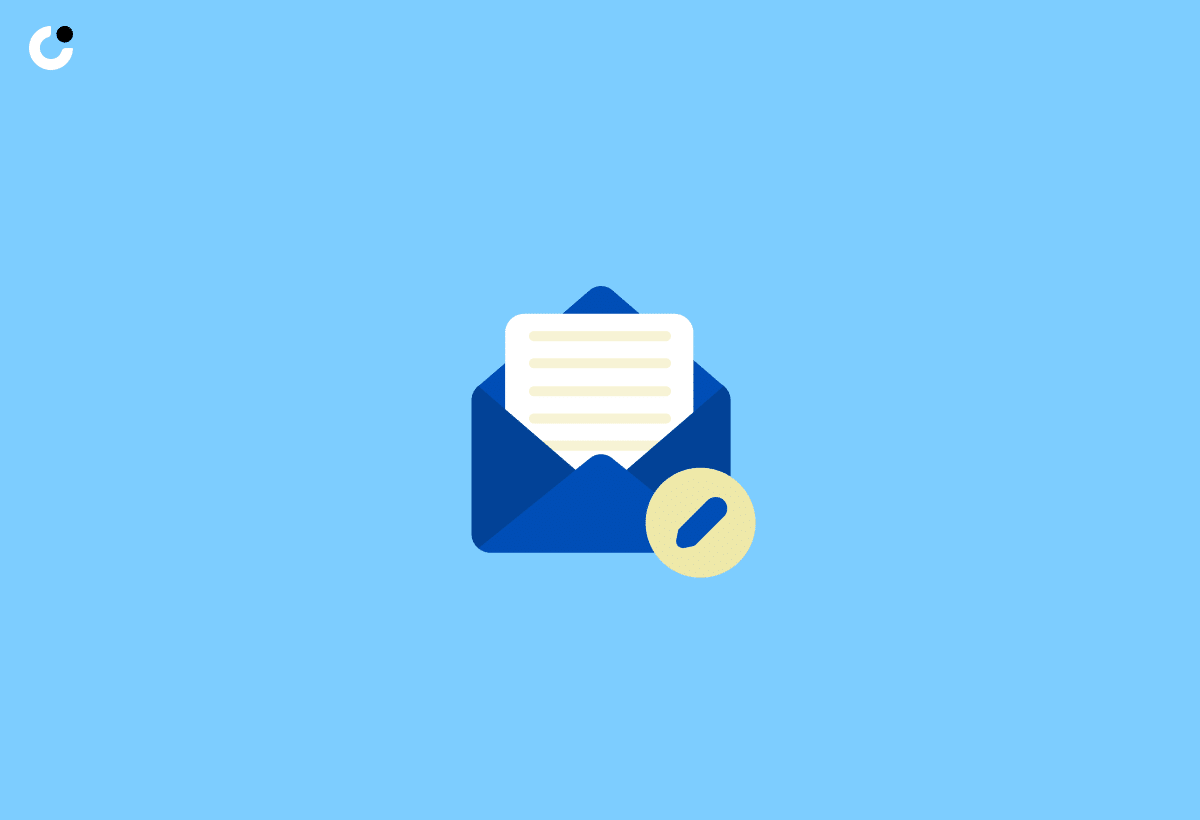
The effectiveness of a successful cold email campaign, especially for a first cold email campaign, is largely dependent on an eye-catching subject line that will draw a recipient’s attention and prompt them to open the email. Learning how to cold email effectively can significantly improve the success of your cold email campaign.
Constructing an effective subject line for a cold email involves:
Keeping it concise
Keeping it pertinent
Keeping it captivating
Avoiding the use of spam triggers
In the following subsections, we’ll explore how to keep your subject line short and relevant, as well as how to avoid spam triggers.
Keep It Short and Relevant

Keeping the subject line short and relevant is important as it helps to grab the recipient’s attention, personalizing the email, and generating a sense of urgency or intrigue. The recommended length for a cold email subject line is between 20-40 characters or less than 10 words.
Including the recipient’s name, customizing it to their location, ensuring the context is pertinent to the recipient, and employing the words ‘you’ and ‘your’ can all serve to increase open rates. It’s crucial to keep the subject line focused on the recipient and the value your message brings to them.
Avoid Spam Triggers

To guarantee that your email reaches its destination, it’s important to refrain from using any words or phrases that could be tagged as spam. When crafting email subject lines, it is important to be aware of potential spam trigger words, such as:
‘earn extra cash’
‘earn money fast’
‘act now’
‘click here’
‘buy now’
‘limited time offer’
‘get rich quick’
‘free’
‘urgent’
‘exclusive’
‘marketing’
‘superlatives’
‘money back’
‘check or money order’
‘congratulations’
‘cures’
‘dear friend’
‘dormant’
Incorporating spam trigger words into email subject lines may result in the email being identified as spam and not reaching the receiver’s inbox. Therefore, it’s essential to carefully craft your subject line to avoid any elements that may be flagged as spam, ensuring your email reaches its intended recipient.
Writing a Compelling Email Body
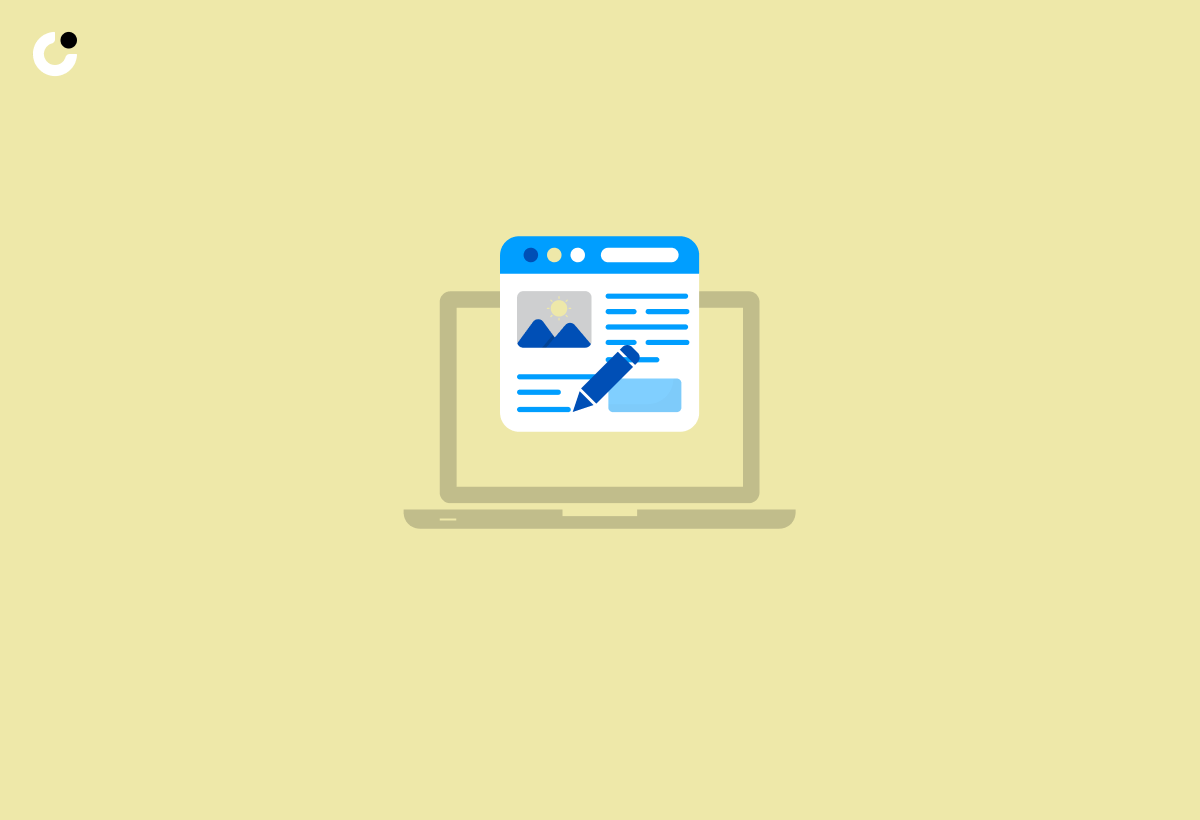
A compelling email body should be clear, concise, and focused on showcasing the value you can provide to the recipient. The email body should be succinct and emphasize the advantages that you can offer to the recipient.
In the following subsections, we’ll discuss how to be clear and concise in your email body and how to showcase your value proposition.
Be Clear and Concise
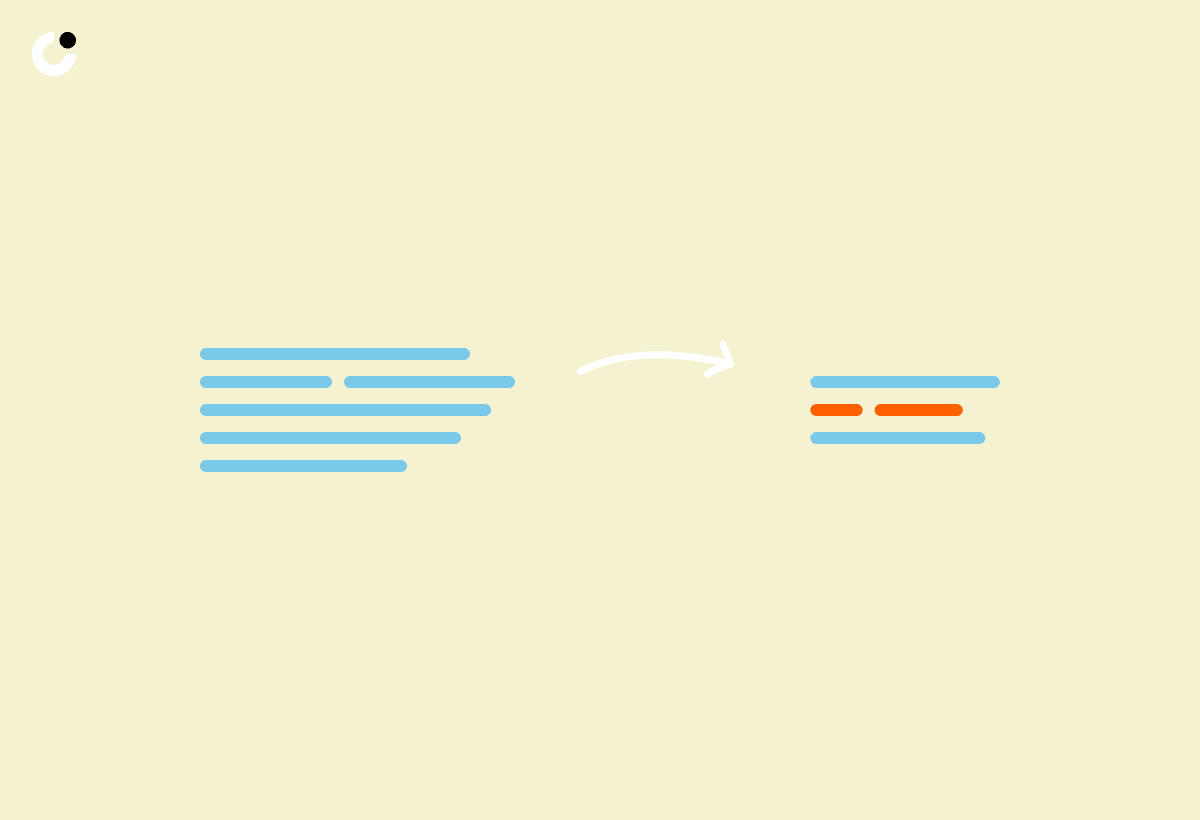
Being clear and concise in cold emails is vital for enabling the recipient to easily understand the message and its purpose. Bullet points and headings can effectively organize content, emphasize key points, divide text, and enhance readability, thus improving clarity and brevity in an email body.
Moreover, when composing a cold email, it is important to:
Avoid making the content self-centered
Be mindful of potential grammar errors
Be clear and concise to make it easy for the recipient to understand your message and its purpose, increasing the likelihood of a positive response.
Showcase Your Value Proposition
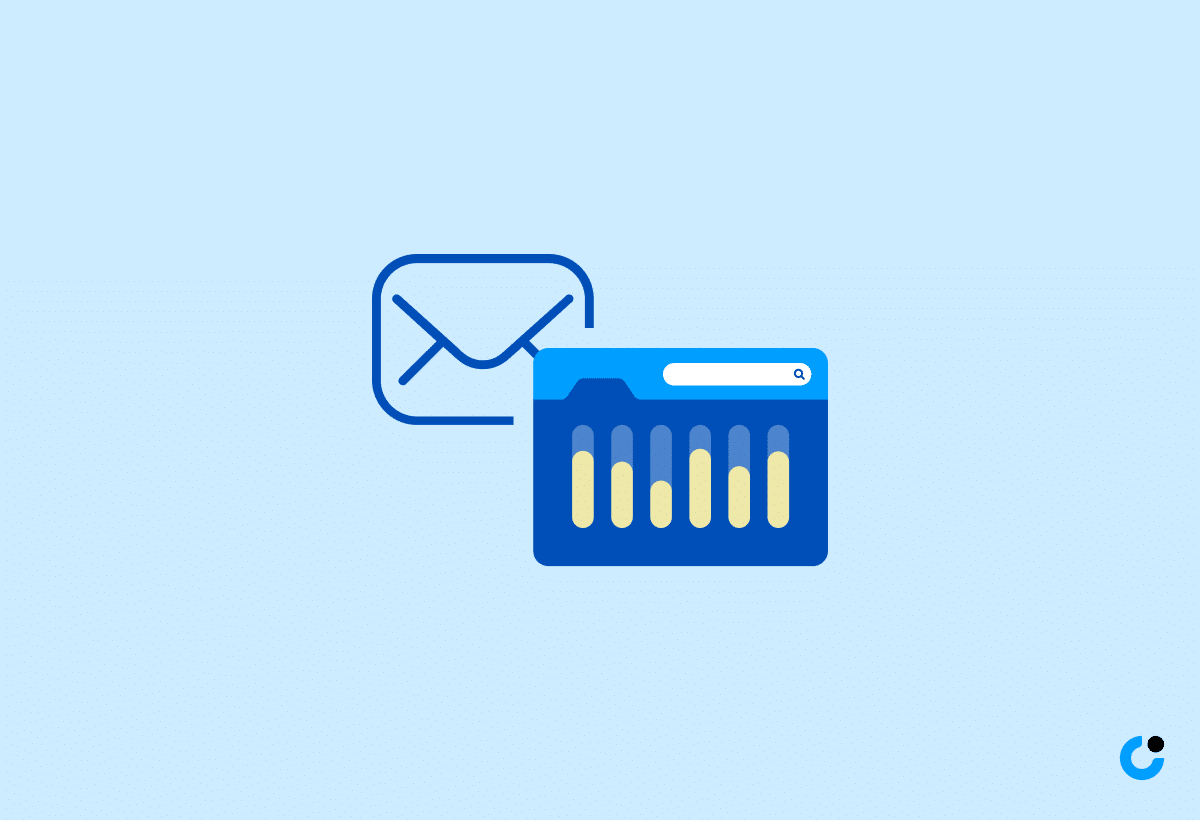
Highlight your value proposition by explaining how your product or service can solve the recipient’s problem or meet their needs. Emphasizing how your product or service can address the recipient’s needs or resolve their problem is crucial in showcasing your value proposition effectively.
We pride ourselves on our unique selling proposition that sets us apart from the competition. Our product or service offers specific benefits and value that can benefit the recipient. We can also provide social proof or data to showcase the successful outcomes that our customers have experienced.
To capture the recipient’s attention and spark interest in our offering, we aim to create intrigue and curiosity.
Proper Closing and Call-to-Action
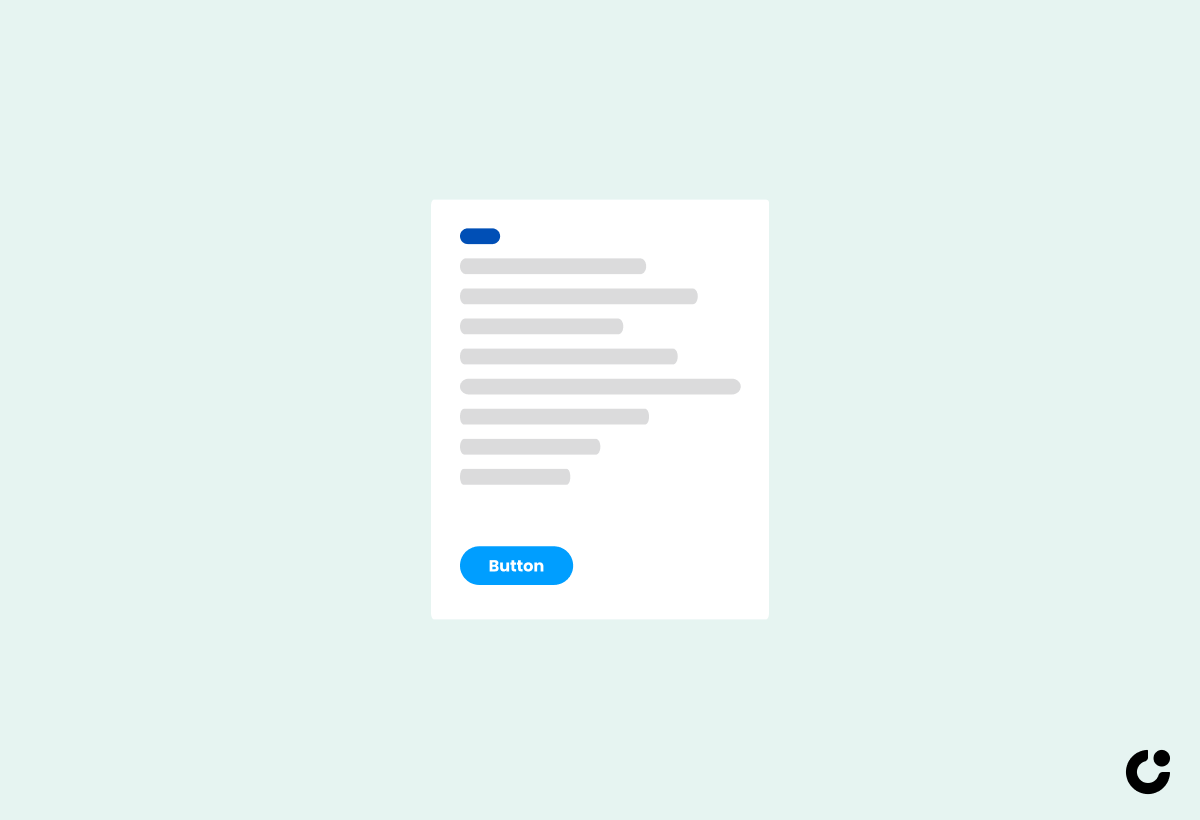
Including a proper closing and call-to-action in a cold email can potentially increase the likelihood of a response and further engagement. Maintaining simplicity and directly requesting a response or reply is an effective approach in cold email outreach.
In the following subsections, we’ll discuss how to be specific and direct with your call-to-action and how to express gratitude in your closing.
Be Specific and Direct

Adopting a straightforward approach in the call-to-action of a cold email is beneficial, as it makes the recipient aware of the expected action. This eliminates any potential ambiguity and makes it easier for the recipient to comprehend what is being asked of them. Moreover, being direct exudes confidence and professionalism, potentially increasing the likelihood of receiving a response or achieving the desired outcome.
To ensure clarity, it is important to be specific and direct with your call-to-action, making it effortless for the recipient to comprehend what you require them to do next. For example, you might ask the recipient to schedule a call, provide feedback, or share your information with a colleague.
Express Gratitude

Expressing thanks in the closing of cold emails is important as it signals appreciation for the recipient’s time and consideration. Research indicates that expressions of gratitude increase prosocial behavior and lead to higher response rates.
Furthermore, concluding the email with appreciation leaves a favorable impression on the recipient and demonstrates that their time and consideration are valued. By expressing gratitude, you show the recipient that you appreciate their attention and are genuinely interested in building a positive relationship.
Follow-Up Emails: When and How to Send Them

Follow-up emails are critical for sustaining interaction and maintaining engagement with your cold email recipients. However, timing and tone play a crucial role in the effectiveness of your follow-up emails.
In the following subsections, we’ll discuss the importance of timing and maintaining a professional tone in your follow-up emails.
Timing Is Crucial
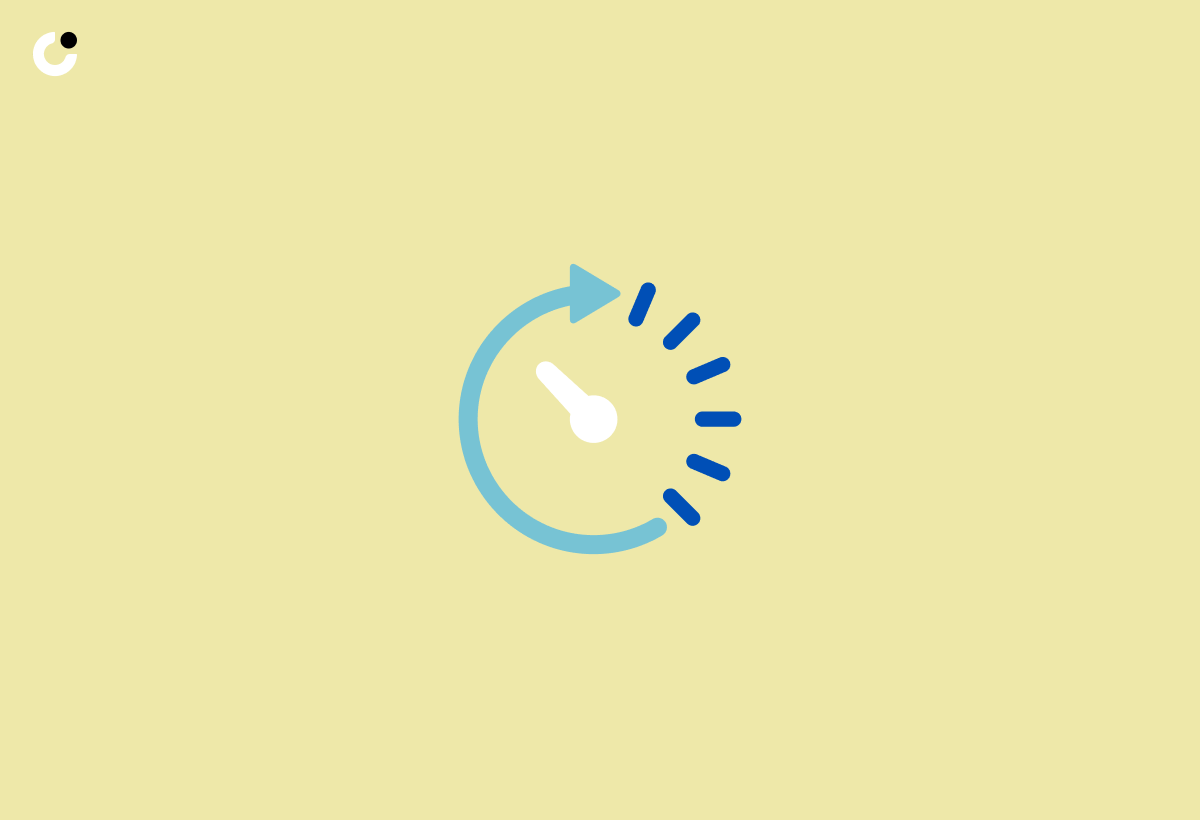
The timing of sending cold emails is crucial to ensure prompt visibility and response to your message. The timeline for follow-up emails can vary depending on the situation; however, it is important to maintain a professional attitude and not appear overly pushy or desperate. Some sales representatives may suggest sending a follow-up email within two days, while others may recommend waiting a week.
It is advisable to know when to stop sending follow-up emails if there is no response to the initial one or follow-ups. The recommended amount is five emails:
The initial one
First follow-up
Second follow-up
Third follow-up
Fourth follow-up
Maintain a Professional Tone

Maintaining a professional tone in follow-up emails is important as it aids in building trust and reliability with the recipient and can assist in creating a positive initial impression. To demonstrate a professional tone in follow-up emails, it is important to:
Use proper grammar and punctuation
Address the recipient respectfully
Be concise and to the point
Express gratitude
Avoid pushy language
Include a clear call to action or next steps
Moreover, it is crucial to review the content of follow-up emails prior to sending them, ensuring that they maintain a professional tone and convey the intended message effectively.
Common Cold Email Etiquette Mistakes to Avoid
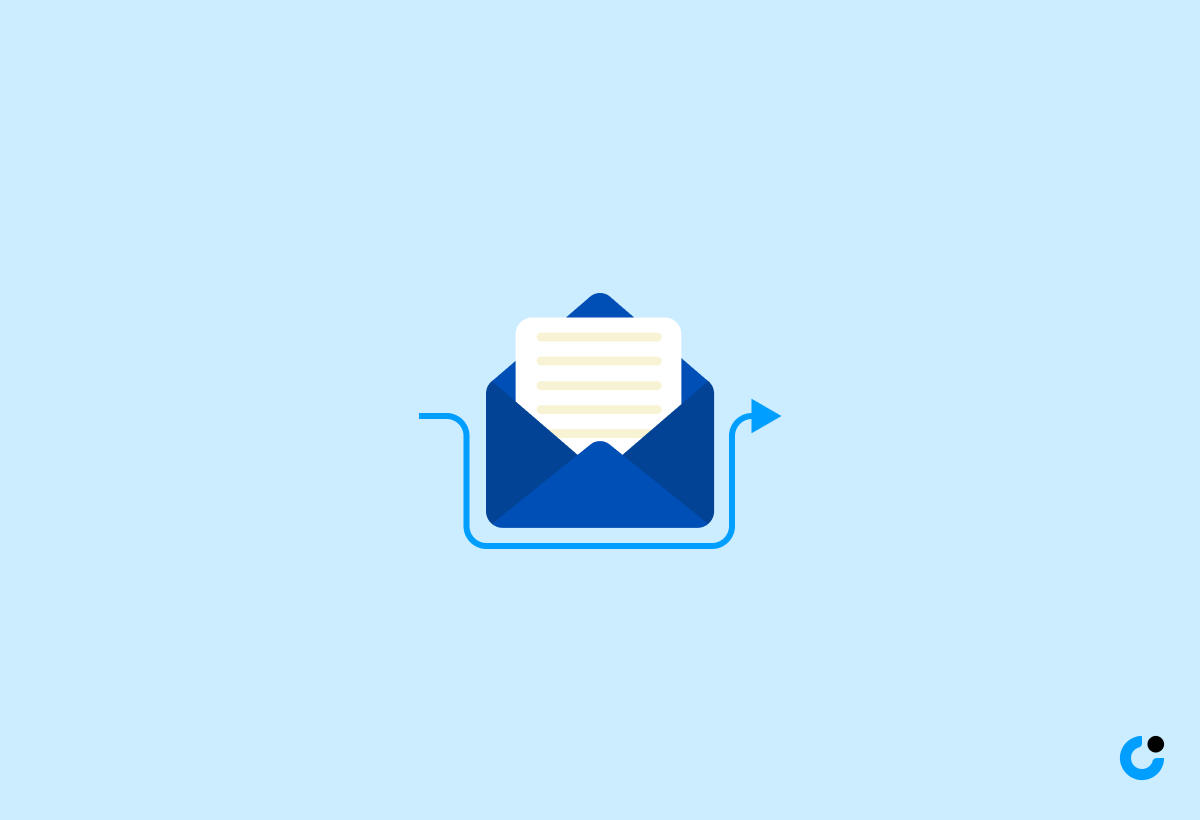
Avoiding common cold email etiquette mistakes can increase your chances of success and maintain a professional image. In this section, we’ll discuss two common mistakes to avoid: overlooking proofreading and using inappropriate language or tone.
Proofreading is an essential part of any email. It’s important to make sure that
Overlooking Proofreading
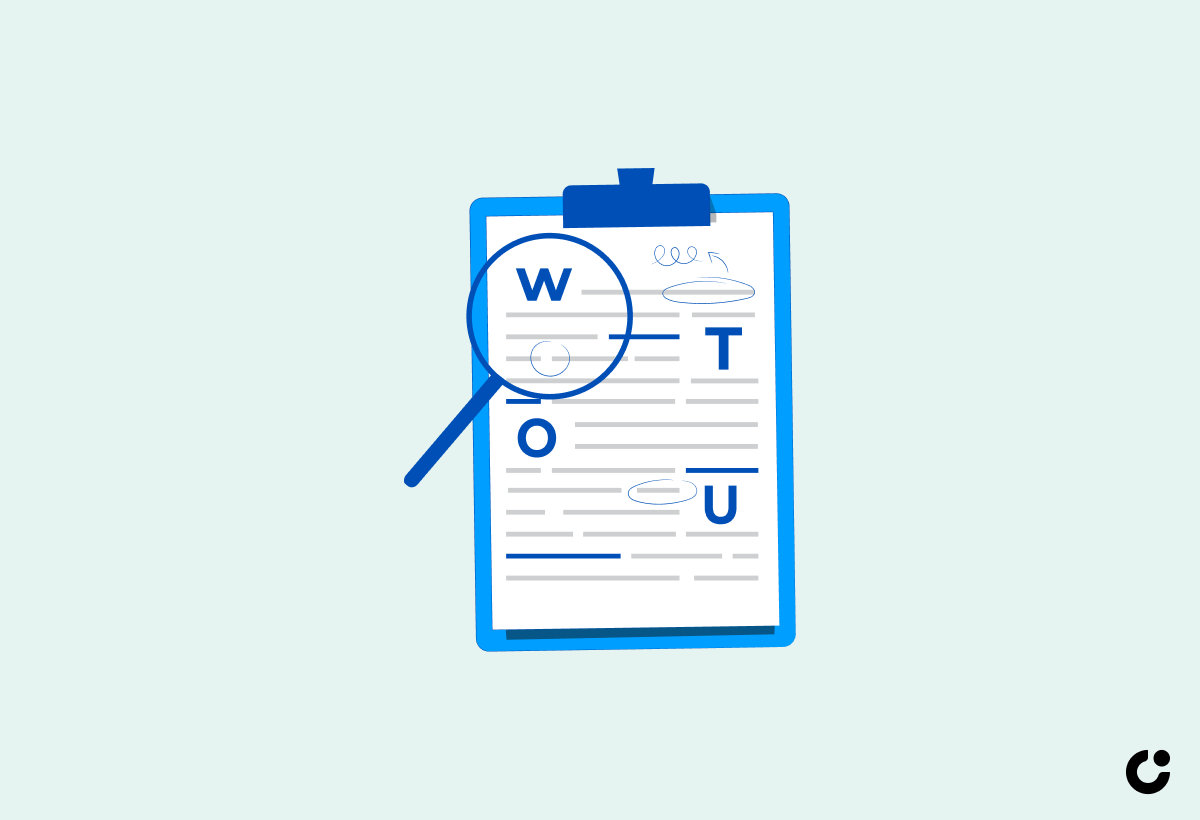
Neglecting to proofread can result in errors in your email, which can damage your credibility and make your message appear unprofessional. Grammatical and spelling mistakes can give the impression of being unprofessional and careless, thus impacting the recipient’s opinion of the sender.
To improve proofreading and avoid errors, consider using tools such as Grammarly, GoVisually, and QuillBot. By proofreading your cold emails, you ensure that your message is accurate, free of errors, and effectively conveys the intended message.
Using Inappropriate Language or Tone
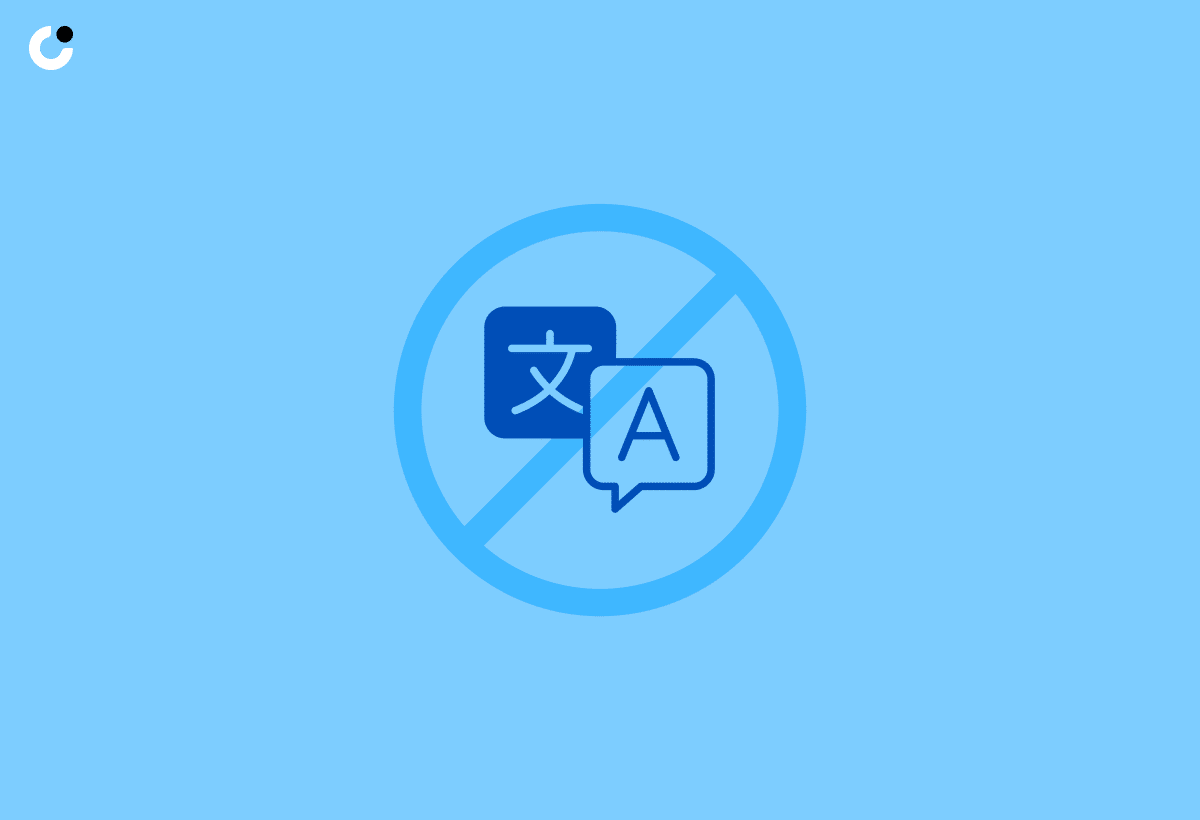
Using suitable language and keeping a professional tone in cold emails can help build a positive impression, establishing credibility, avoiding misunderstandings, and respecting the recipient.
Be mindful of the language you use and strike the right balance between being personable and professional to avoid alienating the recipient and damaging your chances of building a positive relationship.
Summary
In conclusion, mastering the art of cold email etiquette is vital for capturing your recipient’s attention, building trust, and ultimately achieving your desired outcome. By personalizing your message, crafting engaging subject lines, writing compelling email bodies, and following up with professionalism, you can elevate your cold emailing game and forge lasting business relationships.
Frequently Asked Questions
What is the guideline for a cold email?
When crafting a cold email, use concise language and get to the point quickly. Explain why you're reaching out to the recipient specifically and provide a friendly introduction of who you are. Keep the message short and professional, aiming for no more than 2-5 sentences.
What not to say in a cold email?
Avoid talking about yourself or skipping the introduction altogether. Your prospects care about what you can offer them, so focus on how your product or service could benefit them. Use a professional tone and make sure your message has a clear conclusion.
Is it OK to cold email?
Cold emailing can be an effective method of outreach, but it is important to do research and personalize the message in order to make sure it does not come across as too cold or transactional. Building a relationship and providing value is key for cold emails to be successful.
How do you grab attention in a cold email?
Start by addressing the recipient by name and grab their attention with a personal opening line. Establish credibility, outline benefits and emphasize the call to action. Keep your email short and concise while providing an enticing close.
How do I maintain a professional tone in my cold emails?
Maintain a professional tone in cold emails by using proper grammar and punctuation, addressing the recipient respectfully, being concise, expressing gratitude, avoiding pushy language, and including a clear call to action.

